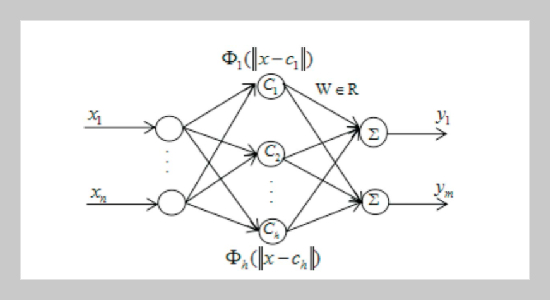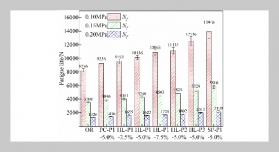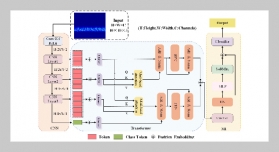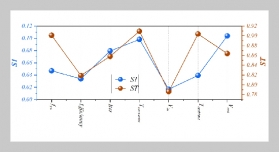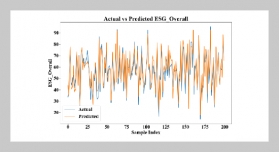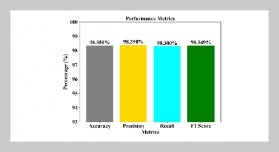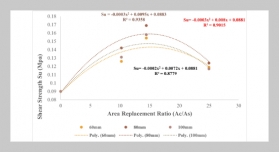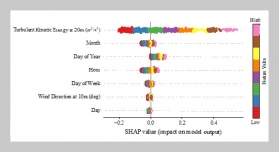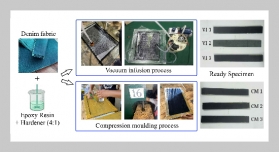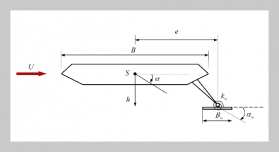REFERENCES
- [1] Piller, S., Perrin, M. and Jossen, A., “Methods for State-of-charge Determination and Their Applications,” Journal of Power Sources,Vol.96,pp.113�120(2001). doi: 10.1016/S0378-7753(01)00560-2
- [2] Jian, W., Jiang, X., Zhang, J., Xiang, Z. and Jian, Y., “Comparison of SOC Estimation Performance with Different Training Functions Using Neural Network,” Uksim, International Conference on Modelling and Simulation IEEE Computer Society, pp. 459�463 (2012). doi: 10.1109/UKSim.2012.69
- [3] Plett, G. L., “Extended Kalman Filtering for Battery Management Systems of Lipb-based hev Battery Packs: Part 3. State and Parameter Estimation,” Journal of Power Sources, Vol. 134, pp. 277�292 (2004). doi: 10. 1016/j.jpowsour.2004.02.033
- [4] Hua, Z. F. and Jing, L. I., “Summary of Methods for State of Charge Estimation of EV Power Batteries,” Chinese Journal of Power Sources (2013).
- [5] Feng, Z. M. and Tian, L., “SOC Prediction for Electric Vehicle Battery Based on AFSA-RBF Neural Network,” Journal of Chongqing Technology & Business University, Vol. 5, No. 33, pp. 6�10 (2016).
- [6] Liang, M. D. and Wu, T. Z., “An Improved Prediction Method of SOC Based on the GA-RBF Neural Network,” Advanced Materials Research, pp. 800�805 (2014). doi: 10.4028/www.scientific.net/AMR.953-954. 800
- [7] Zhou, P., Design and Application of MATLAB Neural Network, Tsinghua University Press (2013).
- [8] Yin, A. and Zhang, W., “Research on SOC Prediction of LiFePO4 Battery Based on Neural Network,” Journal of Electronic Measurement and Instrumentation, Vol. 5, No. 25, pp. 433�437 (2011).
- [9] Qi, G., Li, J. and Hang, J., “Research on the Measuring Technology of Battery Capacity for Electric Vehicles,” Journal of Tsinghua University,Vol.3,pp.46�49(1997).
- [10] Lee, S., Kim, J., Lee, J. and Cho, B. H., “State-ofcharge and Capacity Estimation of Lithium-ion Battery Using a New Open-circuit Voltage versus State of-charge,” Journal of Power Sources, Vol. 185, pp. 1367�1373 (2008). doi: 10.1016/j.jpowsour.2008. 08.103
- [11] Tang, L.,“SOC Estimation and Charging Optimization of Power Lithium Ion Battery Based on Improved PNGV Model,” Harbin Institute of Technology (2014).
- [12] Wei, S., “Research on SOC Estimation for LiFePO4 Li-ion Batteries,” Journal of Electronic Measurement &Instrument, Vol. 8, No. 24, pp. 769�774 (2010). doi: 10.3724/SP.J.1187.2010.00769
- [13] Gharavian, D., Pardis, R. and Sheikhan, M., “ZEBRA Battery SOC Estimation Using PSO-optimized Hybrid Neural Model Considering Aging Effect,” Ieice Electronics Express, Vol. 9, No. 13, pp. 1115�1121 (2012). doi: 10.1587/elex.9.1115
- [14] Wu, X., “Study on SOC Estimation of Power Battery Based on IPSO-RLS Optimized RBF Network,” Hubei University of Technology (2015).
- [15] Wu, T., “A Hybrid Algorithm of SOC Estimation for Lithium-ion Battery Based on PSO-RBF,” Chinese Journal of Power Sources, Vol. 5, No. 40, pp. 982�985 (2016).
- [16] Johnson, V. H., “Battery Performance Models in ADVISOR,” Journal of Power Sources, Vol. 110, No. 2, pp. 321�329 (2002). doi: 10.1016/S0378-7753(02) 00194-5


